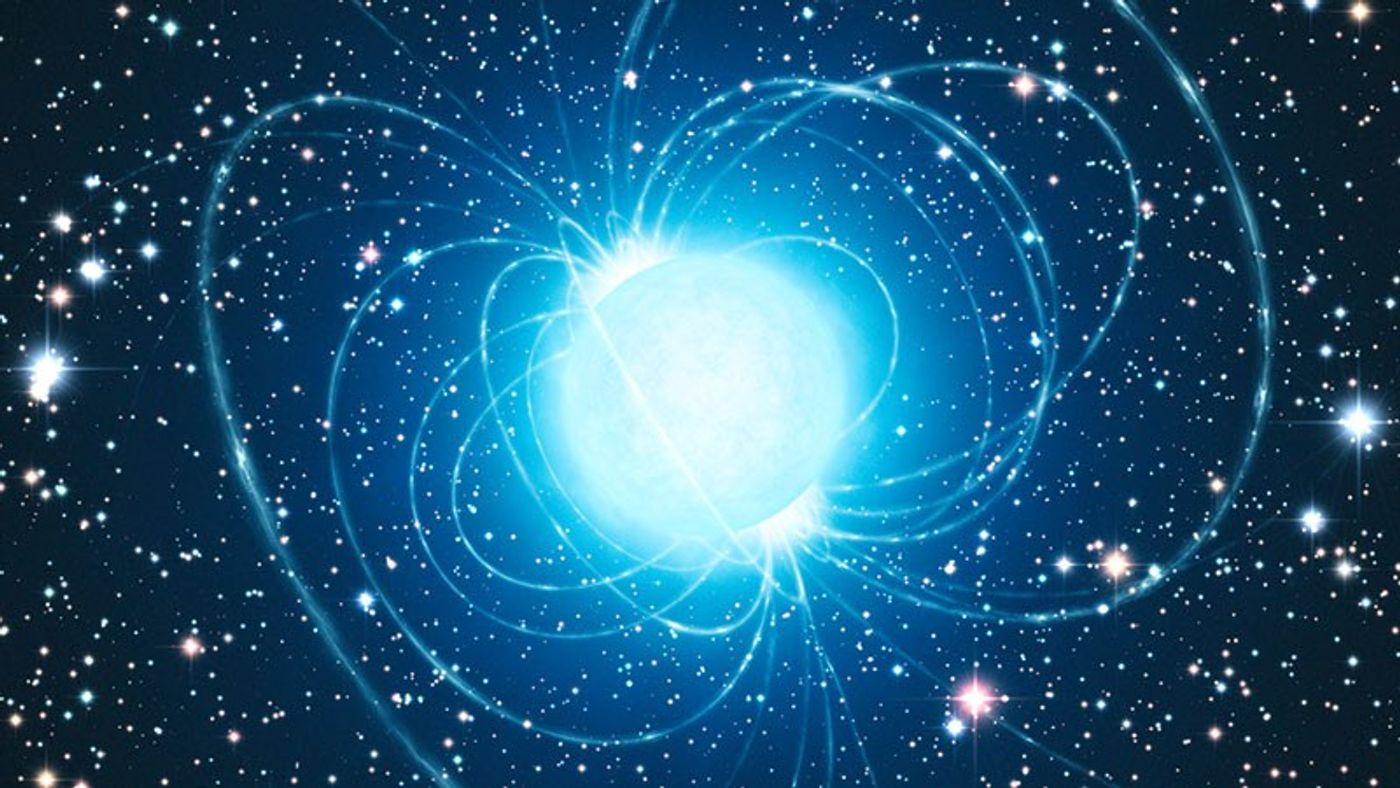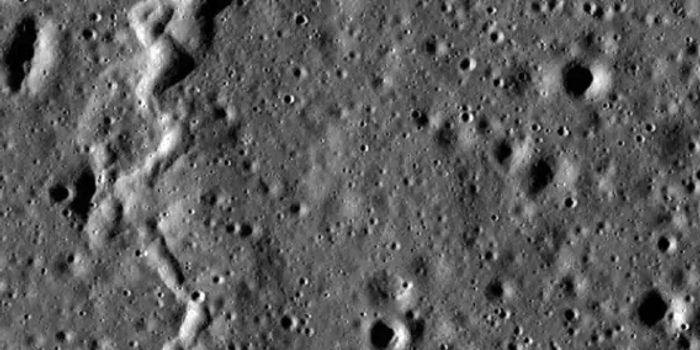Mysterious Radio Bursts Emitting From Distant Object
Astronomers listen to radio signals from space all the time, only from non-intelligent sources such as pulsars or dying stars. One recent discovery published in Nature discovered an unusual radio wave that releases a giant burst of energy once every twenty minutes. While the team who made this remarkable discovery thinks it could just be a neutron star or a white dwarf, this discovery continues to demonstrate the amazing wonders of the universe.
“This object was appearing and disappearing over a few hours during our observations,” said Astrophysicist Dr. Natasha Hurley-Walker, from the Curtin University node of the International Centre for Radio Astronomy Research, who led the team that made the discovery. “[It] was appearing and disappearing over a few hours during our observations. That was completely unexpected. It was kind of spooky for an astronomer because there’s nothing known in the sky that does that. And it’s really quite close to us—about 4000 lightyears away. It’s in our galactic backyard.”
While Dr. Hurley-Walker led the team, the discovery was made using a new technique developed by Curtin University PhD student, Tyrone O’Doherty, using the Murchison Widefield Array (MWA) telescope in outback Western Australia.
“It’s exciting that the source I identified last year has turned out to be such a peculiar object,” said Mr. O’Doherty. “The MWA’s wide field of view and extreme sensitivity are perfect for surveying the entire sky and detecting the unexpected.”
MWA Director Professor Steven Tingay said the telescope is a precursor instrument for the Square Kilometre Array—a global initiative to build the world’s largest radio telescopes in Western Australia and South Africa.
Radio bursts from cosmic objects are common and have been detected as recently as 2021, but this finding is very peculiar given its rapid detection, once every twenty minutes, along with its relatively close proximity to Earth, only 4000 light-years away. This finding only continues to demonstrate how marvelous and wonderful the universe truly is, and the prospect for finding other objects like this one will only grow, as well.
Sources: Nature, National Geographic









